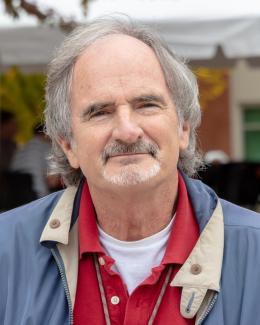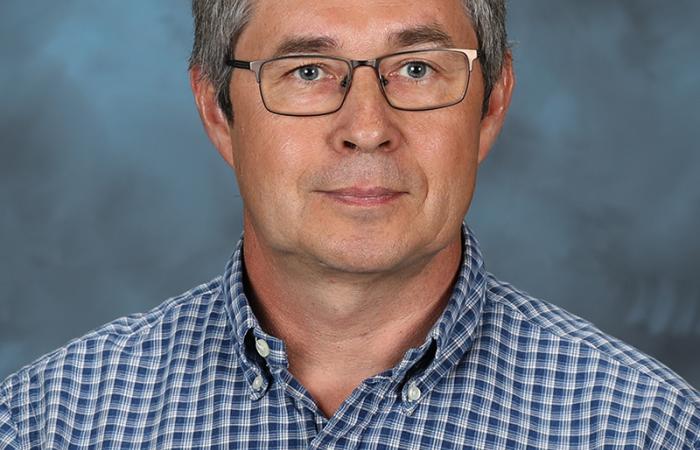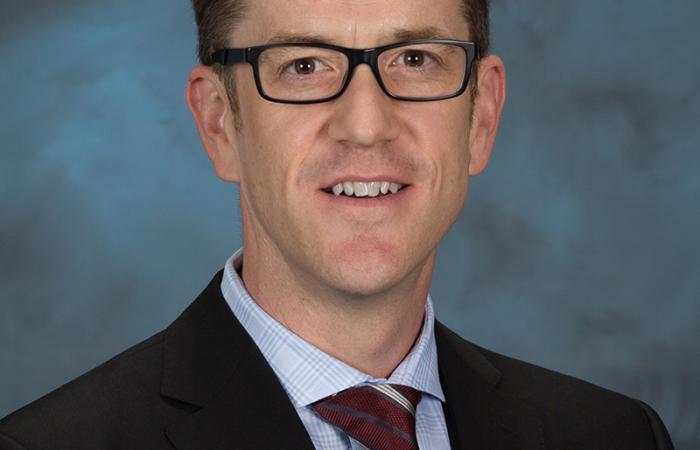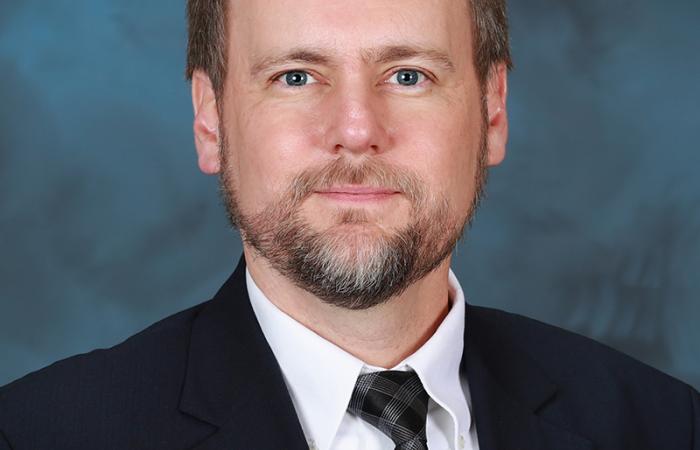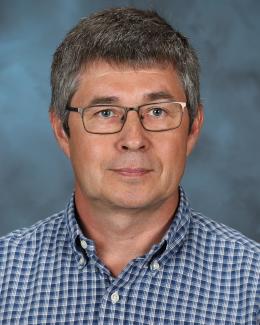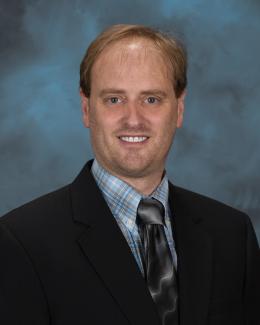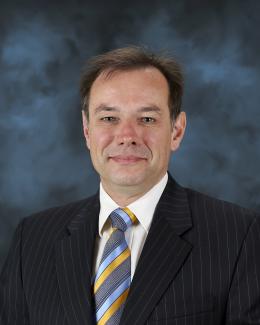OAK RIDGE, Tenn., Nov. 6, 2017 – Five researchers from the Department of Energy's Oak Ridge National Laboratory have been elected fellows of the American Physical Society (APS).
The APS fellowships recognize scientists for their exceptional contributions to the physics enterprise in outstanding research, applications and leadership in or service to physics and physics education.
Alexander V. (Sasha) Aleksandrov, a researcher in the Research Accelerator Division of ORNL's Neutron Sciences Directorate (NScD), was cited by the APS Division of Physics of Beams "for extraordinary technical contributions leading to advancements in the understanding and operation of high power hadron beams, and for world-wide leadership in the field of beam instrumentation."
Aleksandrov's areas of active research at ORNL's Spallation Neutron Source, where he is beam instrumentation and experimental technology team leader, are beam diagnostics, beam dynamics in linear accelerators, beam control and feedbacks. He has published more than 30 papers in peer reviewed journals and gave 15 invited talks at major conferences. He received his doctorate in accelerator physics from Budker Institute of Nuclear Physics in Novosibirsk, Russia.
Andy Christianson, a member of NScD's Neutron Scattering Division, was cited by the APS Division of Materials Physics "for contributions toward the understanding of the structure and dynamics of strongly correlated electron systems including: Fe-based superconductors, Kondo lattice systems, magnetoelectric materials, and osmium-based transition metal oxides using neutron scattering techniques."
Christianson came to ORNL as the laboratory's first Shull Fellow after earning his doctorate in physics at Colorado State University. He focuses on neutron scattering research efforts in the area of strongly correlated electron materials including transition-metal oxides, quantum critical systems and magnetically frustrated materials. He has 128 publications.
Paul Kent, a researcher in the laboratory's Computational Sciences and Engineering Division and Center for Nanophase Materials Sciences, was cited by the APS Division of Computational Physics for "outstanding and diverse application of electronic structure methods in condensed matter and their application, development and optimization on high performance computers."
Kent's research focuses on predicting and explaining the properties of materials using computer simulation. He directs the Center for Predictive Simulation of Functional Materials and leads development of the QMCPACK application for exascale computing as part of the Exascale Computing Project. He has more than 130 publications and 11,900 citations.
Michael A. McGuire, a researcher in the Materials Sciences and Technology Division, was cited by the APS Division of Materials Physics "for major contributions in the development of structure-property relationships in functional energy materials including superconductors, magnets and thermoelectrics."
Working at the intersection of condensed matter physics, solid state chemistry and crystallography, McGuire uses the tools of crystal growth and fundamental property measurements to study new and complex materials with a particular focus on magnetism. He has more than 200 publications. He earned his doctorate in physics from Cornell University and came to ORNL as a Wigner Fellow.
Juergen Rapp, a researcher in ORNL's Fusion and Materials for Nuclear Systems Division, was cited by APS's Division of Plasma Physics "for outstanding contributions in the field of power exhaust and plasma material interactions in fusion, and leadership in developing world-class plasma-material interaction facilities."
Rapp leads the program for the Material Plasma Exposure Experiment, a linear plasma device used for the analysis of advanced materials necessary for experimental fusion reactors such as the multinational ITER experiment. He earned his doctorate in electrical engineering from the University of Wuppertal, Germany, and has authored and co-authored more than 400 publications that have been cited more than 4,000 times.
The Spallation Neutron Source and Center for Nanophase Materials Sciences are DOE Office of Science User Facilities. ORNL is managed by UT-Battelle for the Department of Energy's Office of Science, the single largest supporter of basic research in the physical sciences in the United States. DOE’s Office of Science is working to address some of the most pressing challenges of our time. For more information, please visit http://energy.gov/science/.
